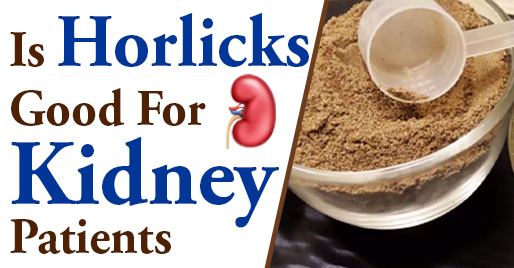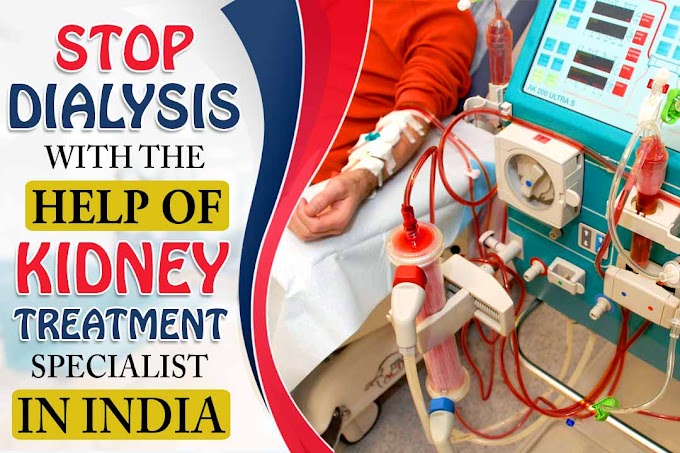There are many risk factors held responsible for the progression of kidney disease. They are in charge of various important functions such as filtering the blood, removing waste through urine, generating hormones, balancing minerals, and maintaining water balance.
So, it is important to prevent kidney function with the help of a diet. When the kidneys are damaged, waste may build-up in the blood. By limiting certain foods in your diet, you can help combat kidney damage. Sticking to a kidney-friendly diet prevent electrolytes from building in the body. While, at the same time, you have to ensure enough protein, calories, vitamins, and minerals. In the early stages of chronic kidney disease, your dietician may restrict only certain foods, but as the disease progresses, you will have to be more cautious of what you are eating.
Basics of kidney-friendly diet
A kidney-friendly diet, or renal diet, involves limiting sodium and potassium in a day-to-day meal. Your dietician would suggest sodium and potassium not to be more than 2,000 mg and 800-1000 mg per day.
Damaged kidneys may have trouble filtering the excess of protein metabolism. Therefore, protein is limited to an extent in chronic kidney patients’ diets.
Also Read - Will A Vegetarian Diet Lower Creatinine
Phosphorus is yet another content that should be minimized during CKD. Too much phosphorus in your blood can cause bone problems.
However, those with end-stage renal disease and taking dialysis are required to consume more protein.
Here are some foods that ought to be avoided by CKD patients: -
1. Dark-colored soda
They are a rich source of calories and sugar; for CKD patients, which is not a good choice. Even phosphorus is added to them to enhance flavor and prolonged shelf life. As you know, phosphorus additives are found as salt; they should be avoided by patients whose kidneys are not functional.
Also Read - Two Recipes That Can Change Your Taste During Diabetic Kidney Disease
2. Avocados
Avocados are known for their nutritious qualities, including their fats, fiber, and antioxidants composition. While avocados are usually healthy, CKD patients cannot eat them as they are very rich in potassium.
Therefore, avocados, be avoided when being on a kidney-friendly diet, especially if your potassium levels are high.
3. Canned foods
Canned foods, including vegetables, soups, are a bucket full of sodium to preserve them. Due to the amount of sodium in canned foods, it is advised that chronic kidney patients should cut down excess sodium from their diet. Choose foods that label “no salt added”. Yet another way to remove excess nutrients from the food is to drain and rinse them before cooking them.
4. Brown rice
Brown rice is a whole grain. So, the potassium and phosphorus content in them is higher compared to white rice. One cup of cooked brown rice has 154 mg potassium, 150 mg phosphorus, which is quite high for CKD patients. You can only add brown rice to your diet only if the portion size is controlled. Healthy substitutes to brown rice include Bulgur, pearled barley etc.
5. Bananas
Bananas are nutritional fruit, but for those who are already healthy as it is already high in potassium. While they are sodium composition, they provide more than the required potassium content for CKD patients. It may be difficult to meet your potassium intake (only 2,000 mg) if a banana is consumed daily.
6. Green leafy vegetables
Leafy green vegetables like spinach contain high amounts of various nutrients, including potassium. Though they shrink to a smaller size when cooked, potassium content is not put down. So, they should be avoided to avoid too much potassium.
7. Dairy
Dairy products are rich in various nutrients such as phosphorus, potassium, protein, etc. CKD patients are only advised toned milk which is fat-free. Consuming too much dairy, along with other phosphorus-rich foods, can be harmful to your bone health. This is because, when the kidneys are not functional, phosphorus builds up in the blood. Phosphorus buildup can pull calcium out of your bones, making them weak. Cow’s milk is a good substitute for milk while on a renal diet.
8. Apricots
Apricots are rich in vitamin C and A, and fiber. In addition, they are high in potassium, especially in dried apricots. So, it is good to avoid apricots in a renal diet.
9. Potatoes and sweet potatoes
As you know, potato is a high potassium content vegetable; it is restricted during a renal diet plan. But, if you still want to consume them, they can be soaked or leached to shut down their potassium content. To do this, cut them into small and thin pieces and boil them for 10 minutes. This will reduce the potassium by up to 50%.
Also, potatoes soaked in water for 4 hours before cooking have even lower potassium content than those not soaked before using. It is called the double cook method to leach potassium from the vegetables.
Tomatoes
Tomatoes are also high potassium fruit that may not fit in your renal friendly diet guidelines. Unfortunately, tomatoes are commonly used in the Indian kitchen; it is advisable to use some low potassium substitutes for chronic kidney disease patients.
Dry fruits
Dates, raisins, etc, are very common dried fruits. When fruits are dried, their nutritional component becomes concentrated, including potassium. Given that they are high in potassium, it’s best to go without them while on a renal diet to ensure your potassium level remains stable.
Snack foods
Snack foods like chips, nutcrackers tend to be very high in salt. If eaten, they can lead to a larger salt intake. Chips are made from potatoes, so they have more potassium content than usual snacks.
Kidney Failure Ayurvedic Treatment
Conclusion
If you have kidney disease, it is important to look after your potassium, phosphorus, and sodium intake. Electrolytes should be consumed based on your blood test reports. Dietary restrictions and nutrient intake recommendations are based on your health and kidney damage. Work with your healthcare team to know what foods are best for you and what you should avoid.












0 Comments